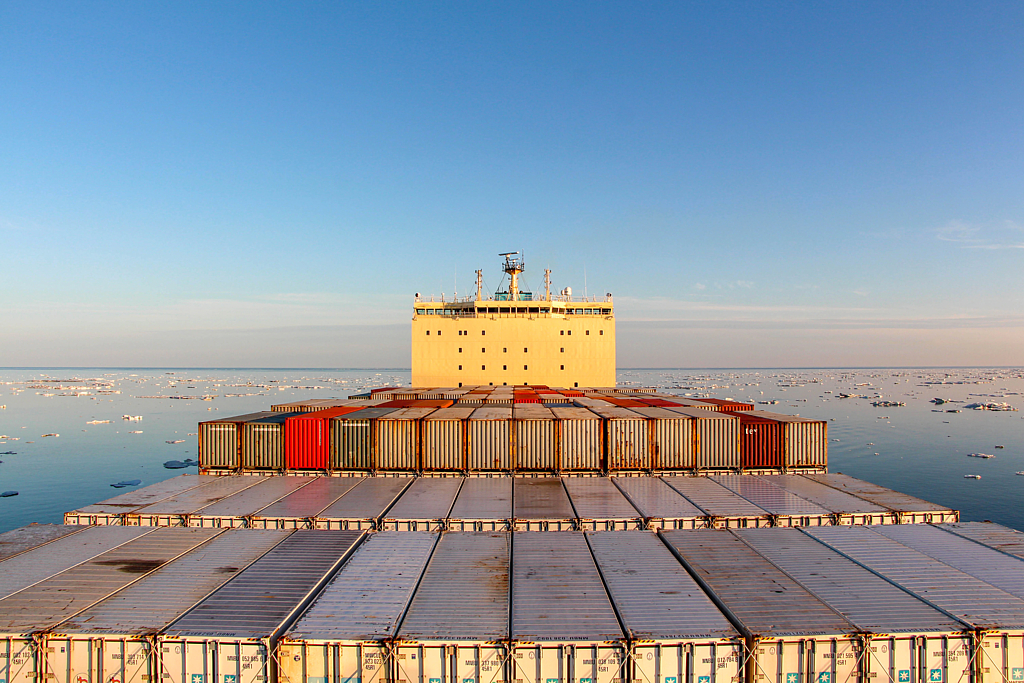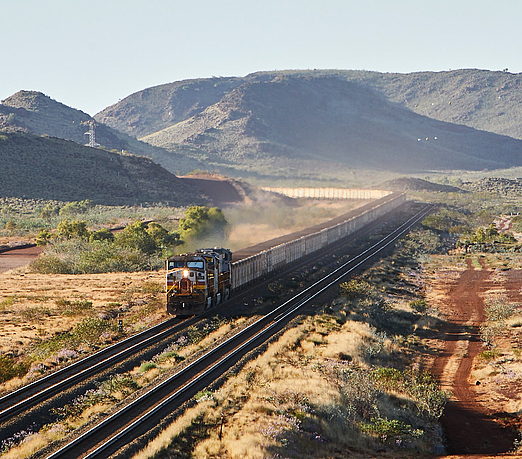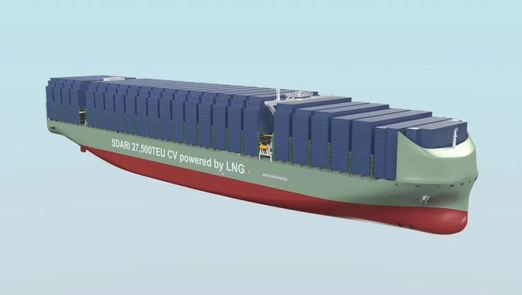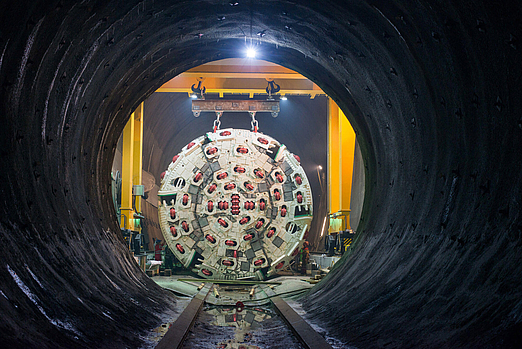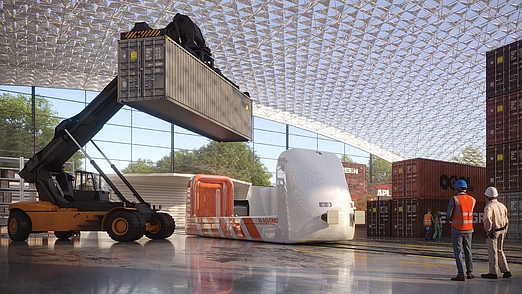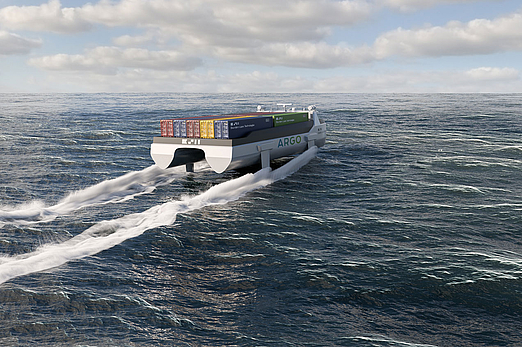Nuclear propulsion was set to revolutionize transport
Cargo Shipping with Nuclear Power?
- Insights
Nuclear propulsion has long been imagined as a revolutionary way to power everything from ships to cars and trains. While most early concepts never became reality, new initiatives are now exploring nuclear-powered cargo shipping. Let’s take a look at this idea and older projects for “atomic” cars and trains in the 1950s.
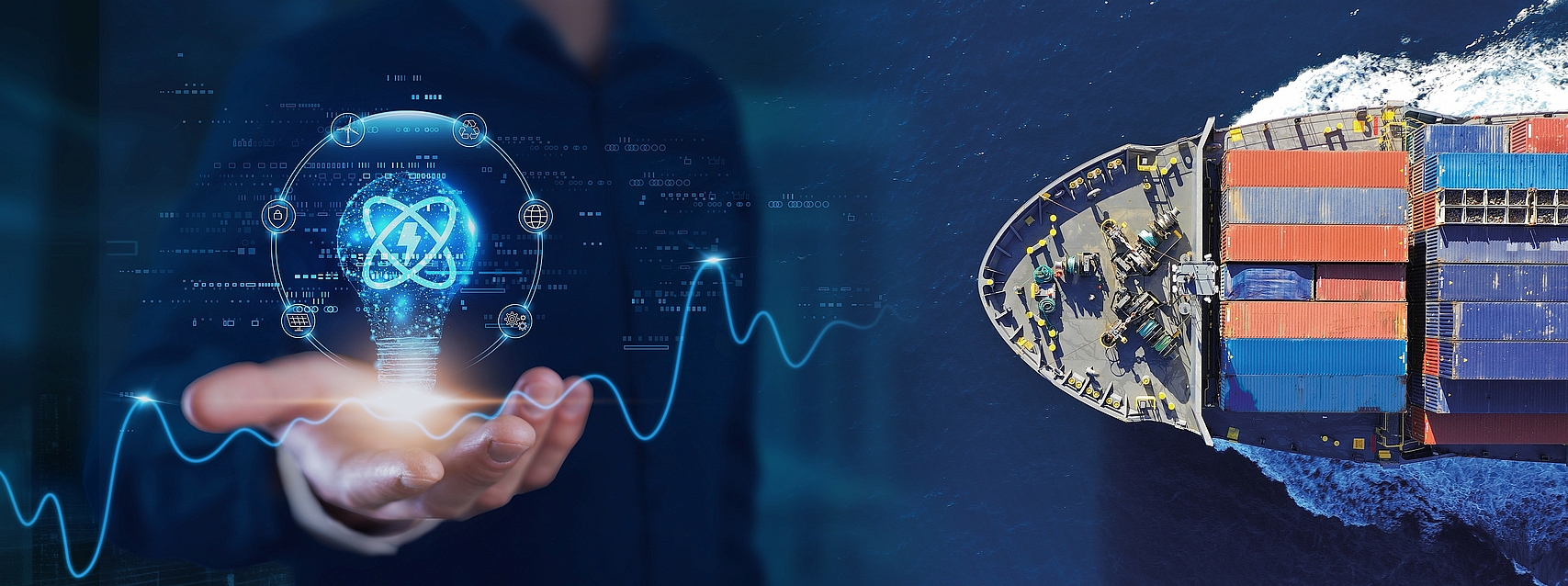
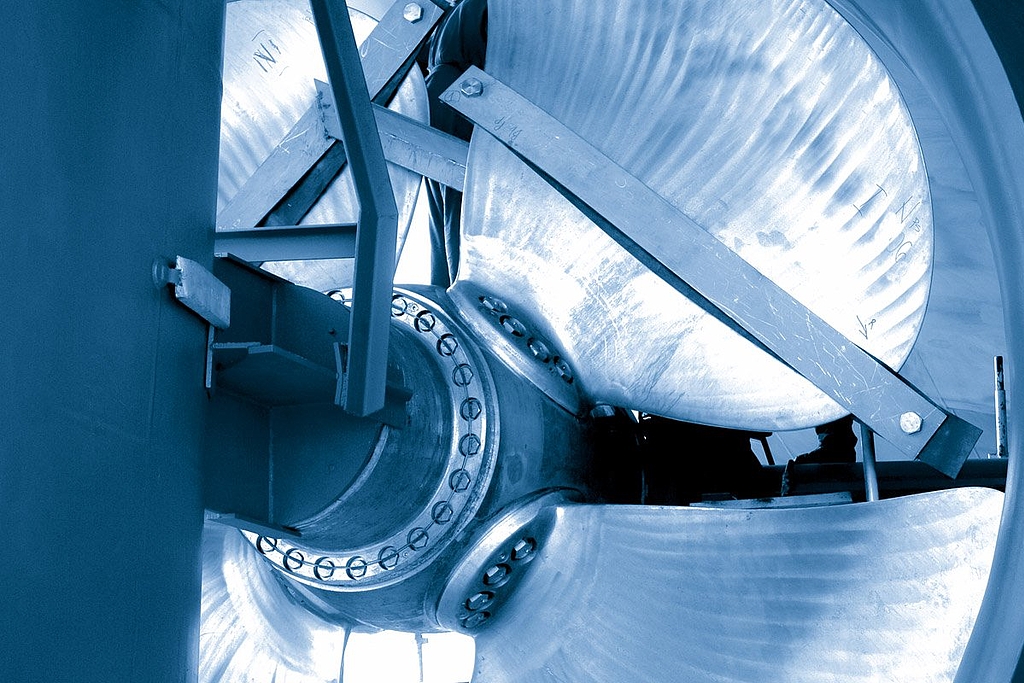

Our rail service is faster than sea cargo and less expensive than air cargo, giving you the best of both worlds.
Rail transport is a fast, cost-effective and environment-friendly alternative to air and sea freight. Our specialized teams will create the optimal rail transport concept for any commodity.
Find out more
